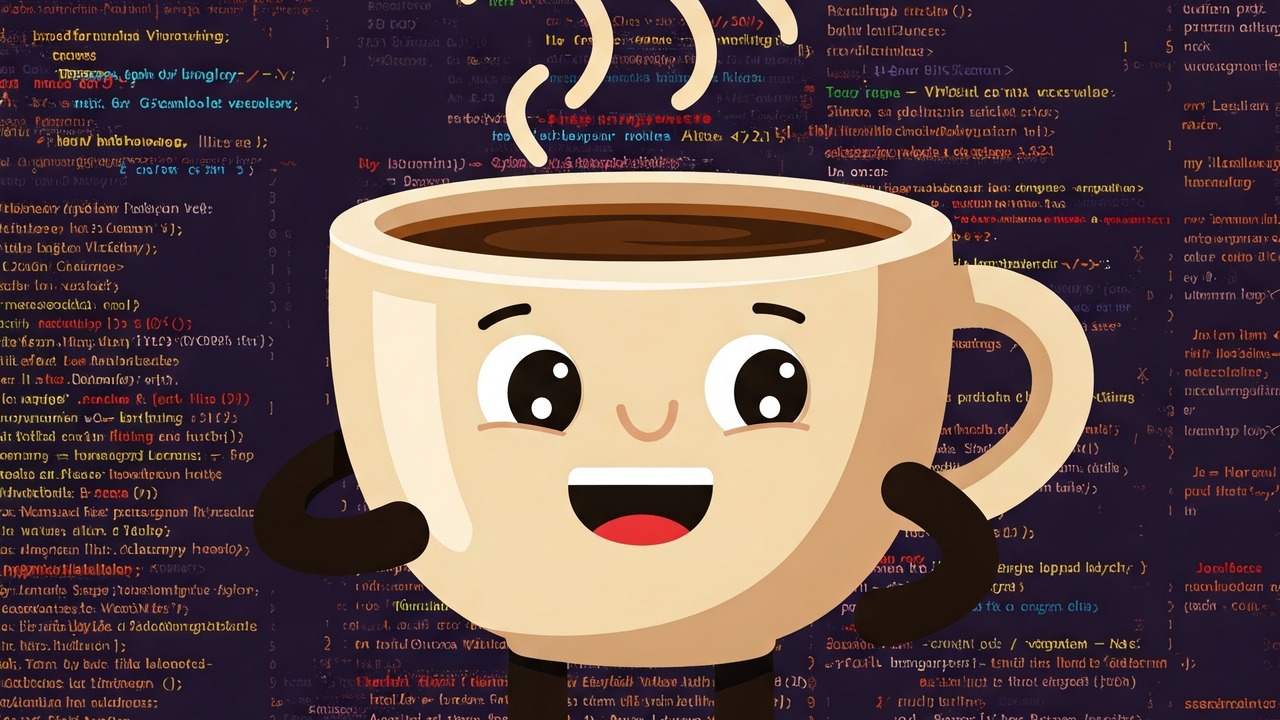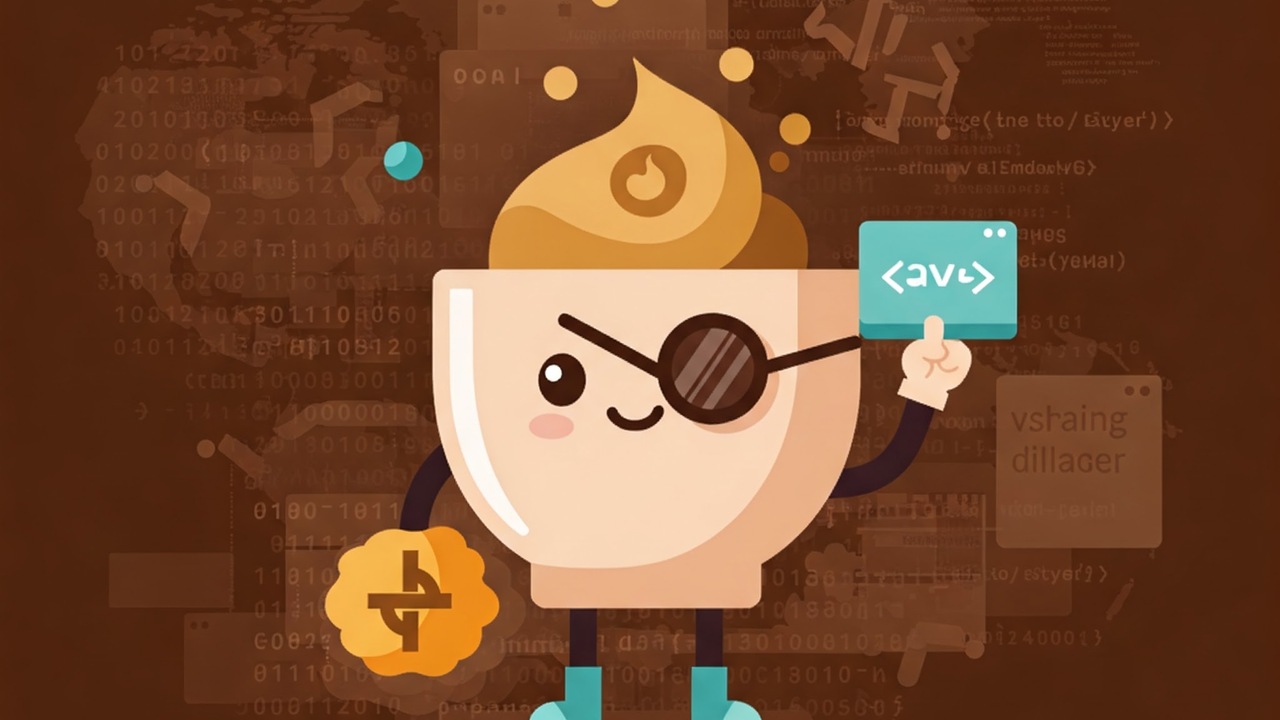-

Running a Maven Project from the Command Line (and Building Jar Files)
-

Deploying a Java Application to Google App Engine
-

Working with Google Cloud SQL in Java: A Step-by-Step Guide to Creating, Connecting, and Querying Your Database
-

A Complete Guide to Using Google BigQuery in Java (With Examples)
-

Using the Gemini API in your Java Application
-

Working with Google Cloud Storage in Java - How to Upload, Download and Modify Files
-

Working with PostgreSQL in Java - Using the JDBC Library
-

Creating An MCP Server with Spring Boot
-

The Java Ecosystem Explained - How Java Runs Your Code
-

Implementing JWT Based Authentication in Spring Boot (Using Spring Security)
-

Spring OAuth2 Authentication
-

Implementing a Kafka Producer and Consumer In Java (With Full Examples) For Production
-

Using OpenRouter in Java Spring Boot: One API for ANY AI model (GPT, Claude, Gemini, etc)
-

Creating a RESTful HTTP Server in Spring Boot (Java) - With Full Examples